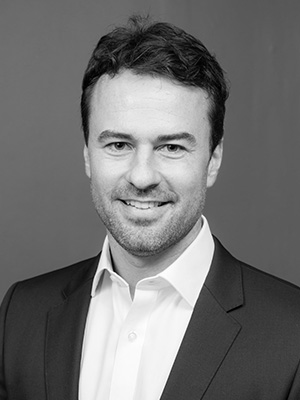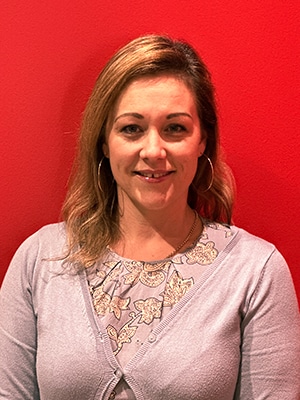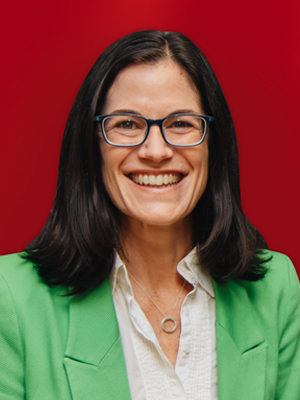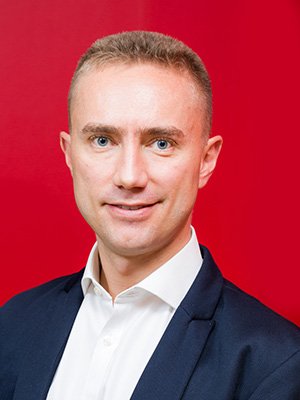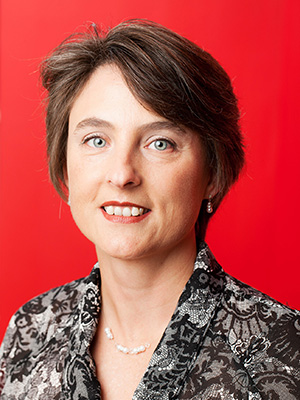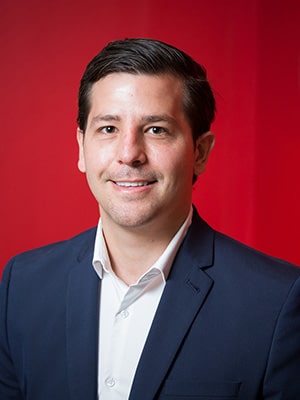
22 Nov Dear investors in a bull market: we’re not all playing the same game
As published by Business Day on 21 Nov, 2021 by Pieter Hundersmarck
Investors range from day trading amateurs to sophisticated endowments with generational time horizons and everything in between. Often, observers believe the best way to compare the entire spectrum of investors is versus one external benchmark: How you performed in the last 365 days relative to an index.
Silly isn’t it? Is it so difficult to imagine a world where different investors have different goals stemming from the different games they play?
Playing your own game means understanding that the portfolio you’re building has a different goal than other market participants. And it’s not to match the index on the way up just to match it on the way down, or to beat the market for a few years, and then crash when your investing style goes out of fashion.
The S&P 500 has advanced 45% since January 2020. Just to stand still against an index your portfolio had to generate 45%. ‘Easy’ says everyone who invested in hyper growth tech stocks like Atlassian, Sea, Nvidea and Tesla. It seems in this bull market all of a sudden everyone and their mother is a bona fide growth investor. After all, it’s easy to make money when everything is going up.
But what if you’re building a portfolio that isn’t designed to deliver what a collection of stocks in an index delivers over one year? Or even two or three years?
Intergenerational, active investing
When you’re managing money for intergenerational wealth, your perspective changes. It means owning a diverse set of assets that can outshine indices over decades, with less volatility to the up and the down side. It means understanding that the greatest value you add is building a portfolio that can withstand a shock.
Building a portfolio that can withstand a shock means, firstly, understanding what a shock looks like. It means being ahead of the curve, by looking at the past. This seems contradictory. But as any student of history will tell you, the future contains the same stories as the past. Which we often ignore. In the words of Will Durant, we are choked with news and starved of history.
Put simply, the most important thing when managing long-term, intergenerational wealth is to add value at severe market dislocations. You need to build a portfolio that falls less in times of crisis. The quid pro quo is that your portfolio won’t bubble over in bull markets. Which is just fine.
A shock can be a sharp rise in interest rates, or a global conflict. It can be a pandemic or a financial crisis or an asset bubble.
None of these shocks are new, and no one believes we won’t have another one. But then why aren’t more investors building portfolios that can protect against them?
The first reason is skill in constructing such a portfolio, and the second is timing. The skills can be learned, but the timing – sitting on lower equity in your portfolio while the index is rising, or owning countercyclical assets – this is the hardest part.
Investing into the abyss
To be able to add value when the market crashes you need to know which assets to buy, and you need to have the intestinal fortitude to be able to follow a repeatable, probability-based buying program as markets fall.
No one is saying it’s easy. Mike Tyson is famous for saying ‘everyone has a plan until they get punched in the mouth’. A similar popular saying when I was growing up was ‘you never truly know yourself until you’ve been in a fight’.
Both sayings are true. In investing, saying “I will be greedy when others are fearful” is easier said than done, because people underestimate how much the very fabric of your views change when market prices fall thirty or forty percent.
Suddenly you characterise the period prior to the crash as unsustainable and reckless. You see the fall in the market index as an appropriate correction to a new base, from which growth will someday spring forth.
But not yet. It’s too risky to add now.
We forget that fear drives prices down further than their fundamentals warrant. We forget that the overriding direction of markets over the long term is up. We forget.
With full knowledge that at least two market downturns of between 30-40% will occur in the next 10 years, we have the opportunity to prepare for it. We have the opportunity to create a portfolio that will be fit for that purpose: resilience.
But what does this look like practically?
It means you can’t stuff a portfolio full of growth stocks and expect a robust outcome when interest rates rise and growth is discounted at a higher rate. It means you can’t comfortably sit in ‘value’ stocks when technological disruption means their long-term future isn’t assured.
It means sitting on the side-lines as a flood of IPO’s generate outsize returns for early investors. It means sticking to a valuation discipline because the price you pay is the most important determinant of your investment return. It means looking at SPACS and saying: WTF IS that?
Most of all, it means understanding market breadth and momentum. When your only hope of return is selling your stock to someone who is willing to pay a higher price, you better hope there are enough of them out there. And you better hope they’re around when the market drops.
How do you find managers that invest like this?
It’s difficult. It’s not as informative to look at current holdings. The holdings in the month you do the due diligence changes 12 months later, and will completely change within two years. The whole profile of the fund changes.
It’s about the process that the manager went through to place these holdings in the fund. How they identify the opportunity, how they assess growth, management and ultimately the price versus the value. This is what you’re buying.
A good process, conducted by individuals with experience and skin in the game, will likely get you the best outcome over the long-term.
Investors are playing different games. Buy an investment manager playing your game.
About Pieter Hundersmarck:
Pieter is a fund manager and member of Flagship’s global investments team.
Pieter has been investing internationally for over 13 years. Prior to Flagship, he worked at Coronation Fund Managers for 10 years in the Global and Global Emerging Markets teams, and also co-managed a global equities boutique at Old Mutual Investment Group. Pieter holds a BCom (Economics) from Stellenbosch University and an MSc Finance from Nyenrode Universiteit in the Netherlands.
